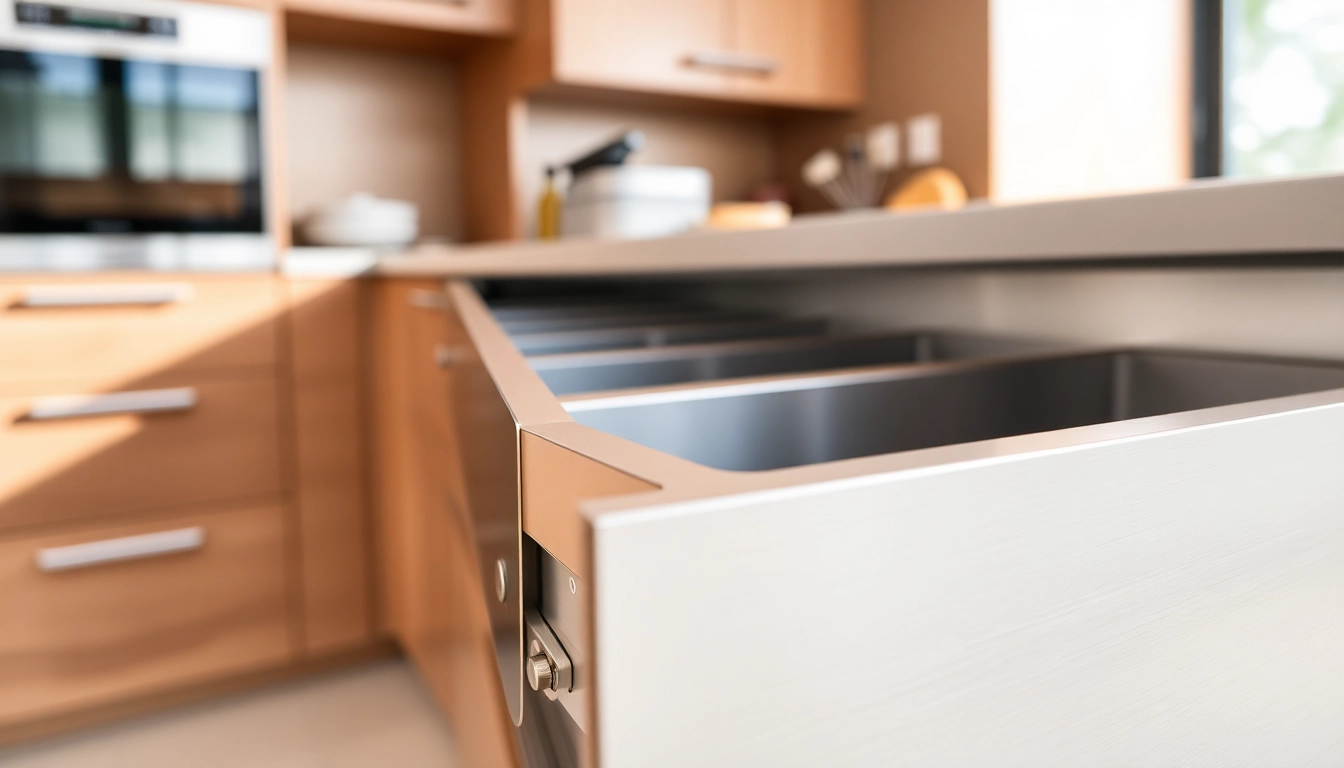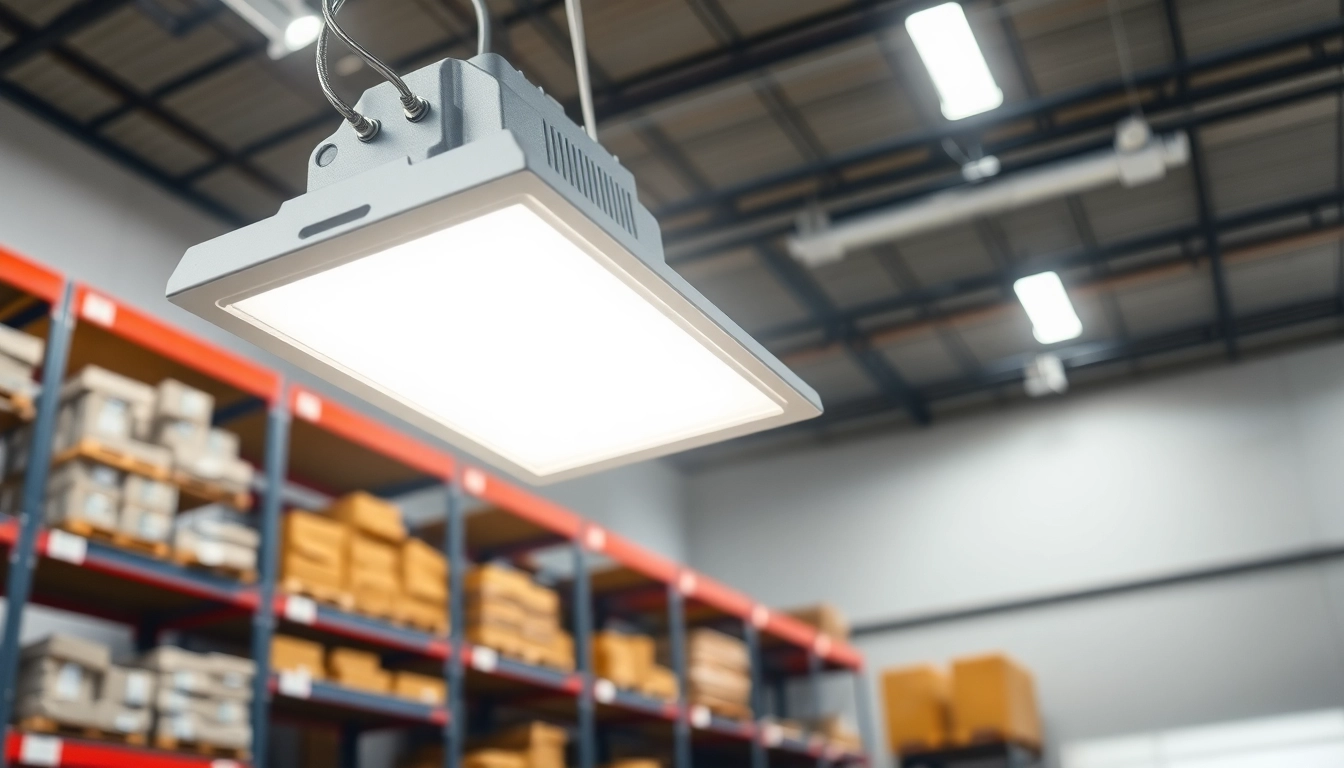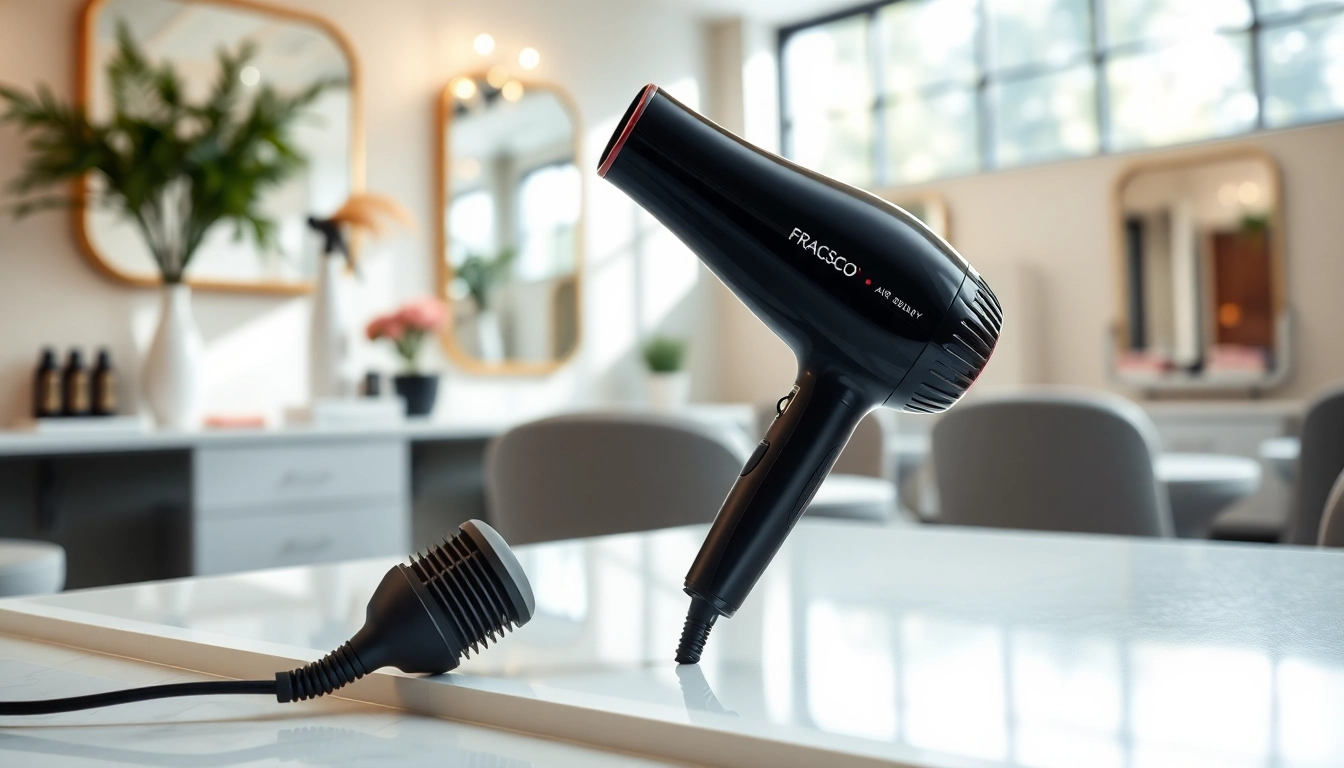Understanding Metal Drawer Systems
What is a Metal Drawer System?
A metal drawer system is a modular storage unit designed for versatility and durability. These systems consist of several components, primarily metal drawer boxes and slides that facilitate smooth operation. Metal drawer systems are primarily utilized in cabinets, office furniture, and residential applications, providing a more robust and long-lasting alternative to their wooden or plastic counterparts. They can be customized to fit varying sizes and functions, catering to diverse storage needs in a variety of environments.
In a world where efficiency and organization are paramount, Metal Drawer System has emerged as an essential component in modern cabinetry and furniture design. Unlike traditional systems, their construction ensures that heavy items can be stored without compromising on ease of access or structural integrity.
Benefits of Using Metal Drawer Systems
Choosing metal drawer systems comes with a host of benefits that cater to both functional and aesthetic needs. First and foremost is durability; metal drawers resist wear and tear over time, making them suitable for high-traffic environments. Additionally, they are often designed to accommodate heavier loads compared to wooden alternatives, enabling users to store larger items without the risk of drawer collapse.
Another significant advantage is the design flexibility they provide. Metal drawer systems can be manufactured in various styles, colors, and finishes, allowing them to seamlessly integrate with the existing decor. Features like soft-close mechanisms and ball-bearing glides can enhance user experience by reducing noise and preventing sudden slamming.
Furthermore, metal drawer systems tend to be more environmentally friendly. Many products utilize recycled materials, saving trees and contributing to sustainability efforts. This eco-conscious aspect appeals to the growing number of consumers who prioritize sustainability in their purchasing decisions.
Common Applications and Use Cases
Metal drawer systems can be found across multiple industries and settings. In residential spaces, people commonly use them in kitchens, bedrooms, and living rooms. Kitchen cabinets often feature deep, metal drawers designed for pots, pans, and utensils, while bedroom furniture may include dressers fitted with smaller, more streamlined drawers for clothing and accessories.
Commercially, they are prevalent in office furniture, providing organized storage for office supplies and documents. Each drawer can be configured to suit specific storage needs, such as mobile drawers for file cabinets or modular setups for desks that optimize efficiency.
Industrial applications are also significant; metal drawer systems serve as heavy-duty storage solutions within warehouses and workshops, designed to handle the weight of tools and equipment while ensuring easy access and organization.
Key Components of Metal Drawer Systems
Drawer Slides: Types and Functions
Drawer slides are crucial for enabling smooth operation within any metal drawer system. These slides fall into several categories, each with unique features tailored for specific applications.
1. Ball-Bearing Slides: These slides utilize ball bearings to facilitate smooth movement and are favored for their durability and quiet operation. They can support considerable weight and are perfect for heavy-duty applications.
2. Undermount Slides: These are hidden beneath the drawer which maximizes storage space and concealment. They come equipped with soft-close features that gently close the drawer, an appealing aspect for many homeowners.
3. Side-Mount Slides: Mounted on the side of the drawer, side-mount slides are easy to install and maintain. While they take up slightly more space, they also provide robustness suitable for high-capacity uses.
4. European Slides: Built into the cabinet structure, these slides are ideal for modern design aesthetics, providing a clean look without exposed hardware.
Drawer Boxes: Materials and Design
When it comes to drawer boxes, metal is the preferred material for its strength, longevity, and resistance to moisture and pests. Fabricated from steel or aluminum, metal drawer boxes are designed with smooth edges and finishes that enhance safety and aesthetics.
Drawer boxes can be designed in various configurations, such as single wall or double wall, each offering different weight capacities. Single-wall designs are lightweight yet strong, while double-wall designs provide extra insulation and support for heavier items.
Furthermore, many manufacturers now offer customizable colors and finishes for metal drawers. This allows homeowners and businesses to align their storage solutions with personal style or branding, contributing to cohesive interior design.
Assembly Components: What You Need to Know
The assembly of metal drawer systems involves several critical components, including brackets, screws, and connectors. Understanding what each component does can make installation and assembly significantly easier.
Brackets serve as support structures connecting the drawer slides to the drawer boxes, ensuring stability. Screws fasten the assembly in place, while connectors allow for modular setups, promoting easy expansion or reconfiguration of the drawer system.
High-quality metal drawer systems often come with comprehensive installation guides, but having a basic understanding of these components can simplify the assembly process and enhance overall efficiency.
Choosing the Right Metal Drawer System for Your Needs
Assessing Space Requirements
Before purchasing a metal drawer system, it is vital to assess the available space thoroughly. Measure the area where the drawer will be installed to ensure an optimal fit. Consider the depth, width, and height of the drawer units, as well as the overall layout of the furniture or cabinetry involved.
Additionally, take into account both the current and anticipated storage needs. If you foresee needing extra storage in the near future, selecting a unit with modular capabilities can provide flexibility for redeployment without requiring significant renovations.
Matching Design Aesthetics
The design aspect of metal drawer systems should not be overlooked. These systems need to complement the existing design of the room, whether adopting a minimalist approach, industrial vibe, or rustic charm. For example, if your space leans towards a modern aesthetic, opting for sleek designs with smooth finishes would be appropriate, while a more rugged setting may benefit from a darker, textured metal finish.
Customization options are abundant, allowing for various colors and configurations tailored to almost any decor. Think about whether your drawers need to be concealed or openly displayed, as this will significantly influence the selection process.
Budget Considerations
Budget is a crucial factor when selecting a metal drawer system. Prices can vary widely based on materials, design complexity, and additional features such as soft-close mechanisms or accessories.
It is essential to balance quality with cost. Investing in a higher-quality unit may pay off in the long run through durability and decreased maintenance needs. Taking the time to compare prices and features of different brands and models can yield significantly better outcomes.
Installation Tips for Metal Drawer Systems
Essential Tools for Installation
The right tools can make all the difference in the installation process of metal drawer systems. You will need the following tools:
- Drill and drill bits
- Screwdriver (both slotted and Phillips)
- Level
- Measuring tape
- Safety goggles
- Clamps
- Pencil for marking
Utilizing the correct tools ensures that the installation process is efficient and minimizes the risk of mistakes.
Step-by-Step Guide to Installation
Embarking on the installation of metal drawer systems can be straightforward when following a structured process:
- Preparation: Gather all required materials and tools. Read through the provided installation instructions before starting.
- Measure and Mark: Use the measuring tape to identify where the drawer slides will be mounted. Mark these areas carefully with a pencil.
- Install the Slides: Attach the drawer slides to the cabinet side using screws as indicated in the manual. Ensure they are level to allow for smooth operation.
- Attach the Drawer Boxes: Insert the drawer boxes onto the slides to check their fitting. Adjust as necessary.
- Secure Connections: Once satisfied with fitting, secure all screws and connectors tightly.
- Final Adjustments: Slide the drawers in and out a few times to test operation. Make any adjustments as necessary.
Common Challenges and Troubleshooting
Like any installation project, there may be challenges that arise along the way. Here are a few common issues and their solutions:
Alignment Problems: If the drawer does not sit evenly, check the installation of the slides. Ensure they are level and aligned properly.
Binding Slides: If drawers are difficult to open or close, examine the slides for obstructions or misalignment. Adjust accordingly to ensure smooth functionality.
Loose Screws: If drawers start to sag or come off easily, check for loosened screws. Tighten them effectively to restore stability.
Maintenance and Care for Metal Drawer Systems
Ensuring Longevity and Functionality
To maintain the functionality of metal drawer systems, regular inspections and maintenance are crucial. Keeping the slides clean from dust and debris can help reduce friction and ensure smooth operation. Regularly check for any signs of corrosion or signs of wear, particularly if exposed to moisture.
Cleaning and Upkeep Techniques
Cleaning metal drawer systems requires little more than routine dusting. For deeper cleanings, use a damp cloth and a mild cleaning agent. Avoid abrasive cleaners, which can scratch or damage the metal finish. Don’t forget to occasionally lubricate the slides with a silicone-based lubricant to maintain optimal functionality.
When to Replace or Upgrade Your Drawer System
Recognizing the right time to replace a metal drawer system can safeguard storage solutions from compromising quality and functionality. Signs it may be time to upgrade include:
- Visible damage like dents or rust
- Poor performance, such as difficulty in opening or closing
- Frequent breakdowns or repairs
Upgrading to a modern metal drawer system can enhance efficiency and organization, significantly benefiting your storage solutions.












Leave a Reply